California is a dream destination for many, with its breathtaking landscapes and vibrant cities. But for those who call the Golden State home, the influx of tourists can sometimes be more hassle than it’s worth. Here are the top ten habits that leave locals less than impressed. Let’s explore what’s causing a stir and how we can all be more considerate travelers.
1. Toilet Paper Trails in Yosemite
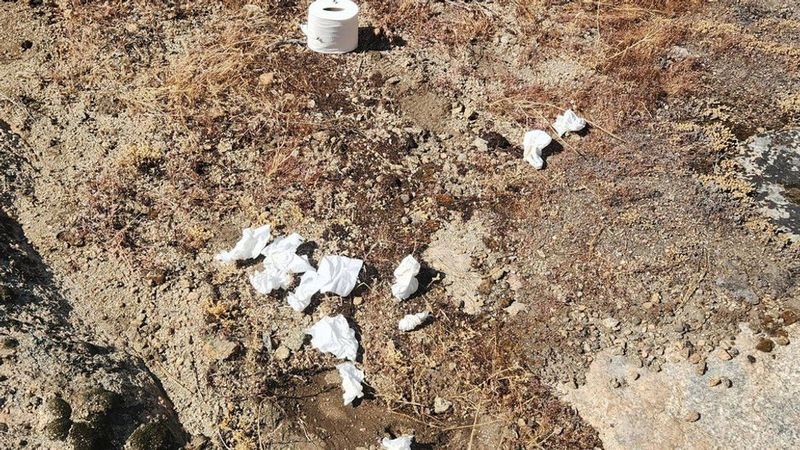
Yosemite’s grandeur draws visitors from all over the world. However, for locals and park staff, the beauty is marred by a frustrating trend. They often encounter used toilet paper left behind near trails and waterfalls. This careless behavior not only sullies the stunning views but also creates a sanitation issue.
Park employees express their exasperation, noting the sheer volume of litter collected each weekend. It’s not just unsightly; it’s also damaging to the environment. While the park has publicly addressed this issue, the problem persists. The disrespect shown to such a revered natural space is disheartening.
The solution is simple: pack it out. Visitors should treat the park with the reverence it deserves, carrying out all waste. This small act of respect can preserve Yosemite’s pristine beauty for everyone.
2. Bixby Bridge Traffic Jams

Bixby Creek Bridge offers one of the most iconic views along California’s coast. But for residents, this picturesque spot can become a source of daily frustration. Tourists searching for the perfect shot often park on narrow shoulders, blocking traffic and access to homes.
On holiday weekends, the area transforms into a bustling hub of activity. People wander the cliffs, sometimes ignoring safety warnings. A local resident likened her street to a paparazzi zone. Cars block driveways, and people step over fences to capture the view.
Safety concerns arise as visitors edge dangerously close to cliffs. Increasing awareness about designated viewing areas and respecting private property can help. Simple adherence to rules ensures a safer and more enjoyable experience for everyone involved.
3. Beach Access Blocked in Laguna
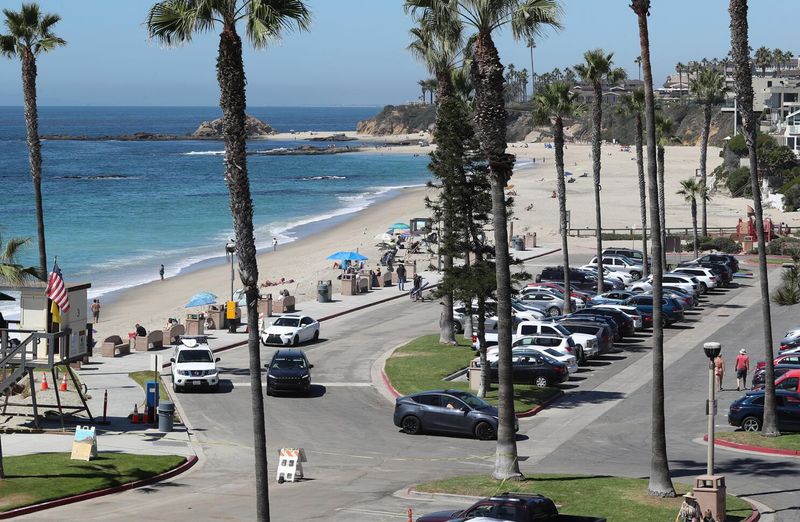
Laguna Beach is a coastal paradise that locals cherish. Yet, during peak tourist seasons, it becomes a battleground for parking spaces. Residents find themselves competing with day-trippers who block access with oversized vehicles.
The influx starts early, with roads near the coast filling up fast. Overflowing into residential zones becomes a norm, leaving locals exasperated. One long-term resident mentioned that even unloading groceries becomes an arduous task.
While the beach remains a popular attraction, tourists must consider the impact on locals. Finding alternative parking solutions or using public transport can ease the strain. Respecting these spaces means everyone can enjoy Laguna’s charm without unnecessary conflict.
4. Littered Trails in Northern Sierra
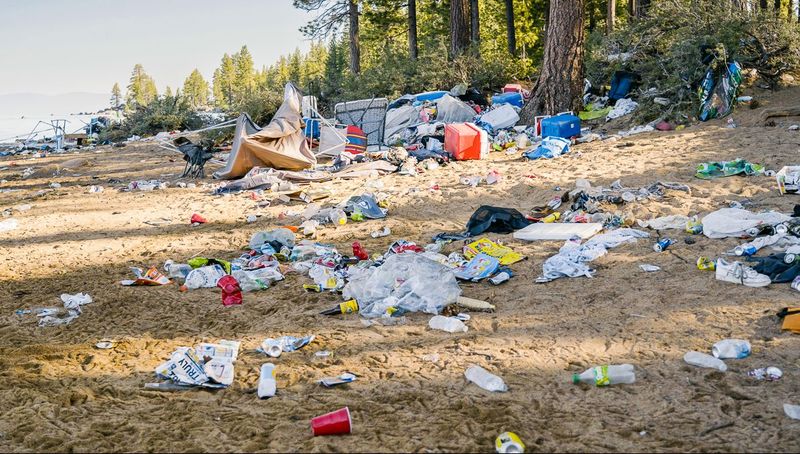
The Northern Sierra offers some of California’s most pristine hiking experiences. Unfortunately, volunteers at trailheads often find themselves cleaning up after careless campers. Used toilet paper, broken tents, and empty snack wrappers litter the trails.
The impact is more than just eyesores; it’s harmful to the ecosystem. Trails sometimes see illegal camping, leading to irreversible damage. Volunteers express their exhaustion, noting how cleanup after peak weekends is overwhelming.
This disregard for nature is not only disheartening but also unnecessary. Simple practices like packing out trash and respecting trail closures can preserve these natural wonders. For those who cherish the great outdoors, responsible behavior ensures these trails remain a treasured retreat.
5. Big Sur’s Restroom Dilemma
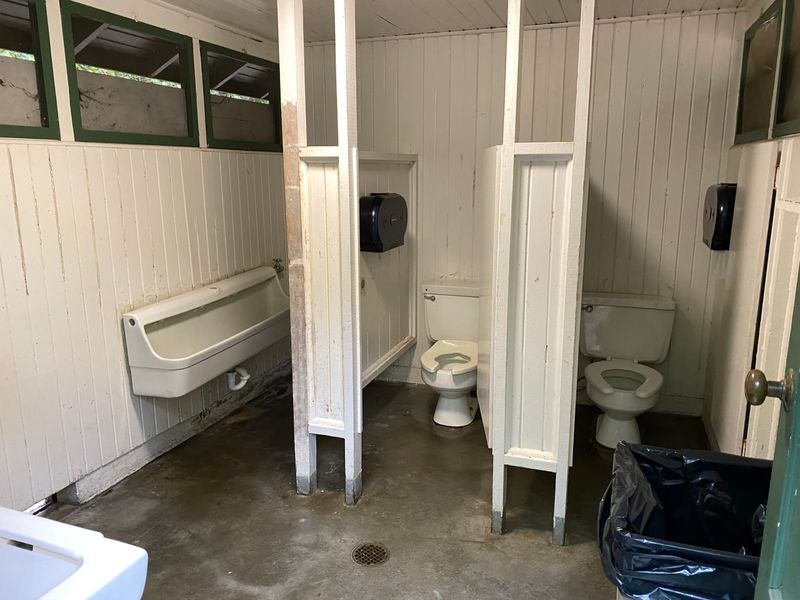
California’s Big Sur is celebrated for its untouched coastal beauty. Yet, the lack of infrastructure, particularly restrooms, poses a challenge. Tourists, left without proper facilities, sometimes resort to relieving themselves roadside.
Locals find this both frustrating and concerning. Highway pullouts frequently reveal human waste and litter, detracting from the area’s natural appeal. These issues are compounded by the state’s coastal development limits, making restroom expansion a complex task.
Tourists must understand the delicate balance of preserving such a location. Planning stops at designated areas with facilities can mitigate these issues. Respecting the environment ensures Big Sur remains a jewel in California’s crown for generations to come.
6. Influencer Overload in Wildflower Fields
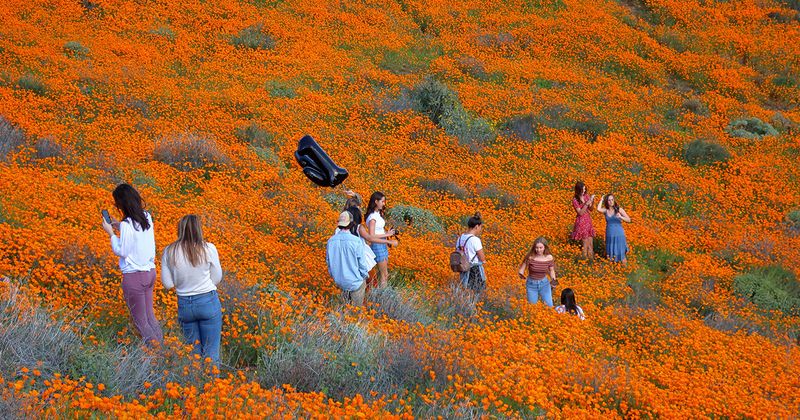
California’s wildflower fields are a sight to behold, especially near Walnut Creek. However, the allure of these vibrant blooms attracts more than just nature lovers. Influencers and photographers often trespass to capture the perfect shot.
Neighbors report seeing bikes ridden through delicate flower patches and cars parked inappropriately. Signs urging visitors not to tag locations on social media have popped up, aiming to reduce the influx.
These actions contribute to the degradation of these natural spaces. Understanding the impact of social media-driven tourism helps preserve these fields. Simple respect for posted signs and designated paths allows everyone to enjoy these ephemeral displays without harm.
The most significant wildflower tourism issues have occurred mainly in Southern California, particularly in Lake Elsinore and the Antelope Valley poppy reserves. While smaller bloom areas do appear near Walnut Creek and other parts of the Bay Area, the large-scale crowding and geotag concerns are primarily linked to southern sites.
7. Hollywood Hills Trespassing
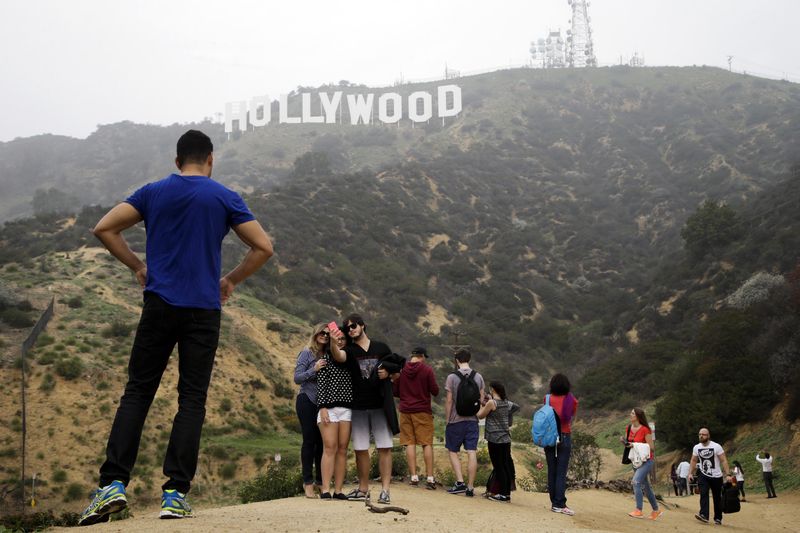
The Hollywood Sign is a global icon, drawing countless visitors eager for a glimpse. However, those living in the surrounding hills face a daily invasion. Tourists often rely on GPS, cutting through narrow residential streets and inadvertently trespassing.
Residents express frustration as visitors wander into backyards and block driveways. The congestion from tour vans and cars adds to the chaos. Some locals have petitioned GPS providers to reroute tourist traffic away from their neighborhoods.
Understanding the impact of such actions can lead to better experiences for all. Tourists are encouraged to use designated viewing areas and respect private properties. This simple awareness can help maintain the charm of the Hollywood Hills.
8. Coastal Village Crowding
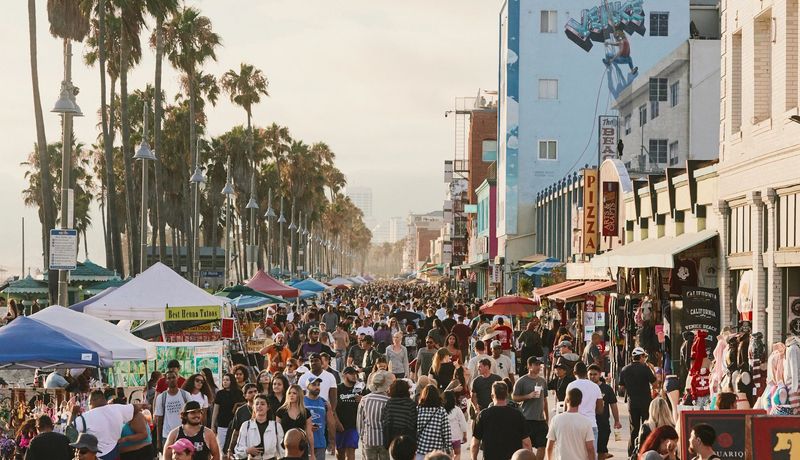
California’s coastal villages offer a charming escape, but increasing popularity brings challenges. In some lesser-known spots, tourists treat sidewalks as extensions of their personal space. They run through storefronts and sit uninvited in café patios.
Locals note that these villages, once serene and hidden, now suffer from wear and tear. The constant foot traffic and clogged roads detract from the peaceful atmosphere that initially attracted visitors.
Being considerate of local customs and spaces can alleviate these tensions. Small actions like respecting café seating and keeping pathways clear make a big difference. This mindfulness ensures these coastal retreats remain inviting for all.
The phrase “coastal village” reflects a statewide trend rather than one specific town. Places such as Carmel-by-the-Sea, Mendocino, and San Clemente have all reported similar crowding and infrastructure strain during peak travel months.
9. Overcrowding at Iconic Sites
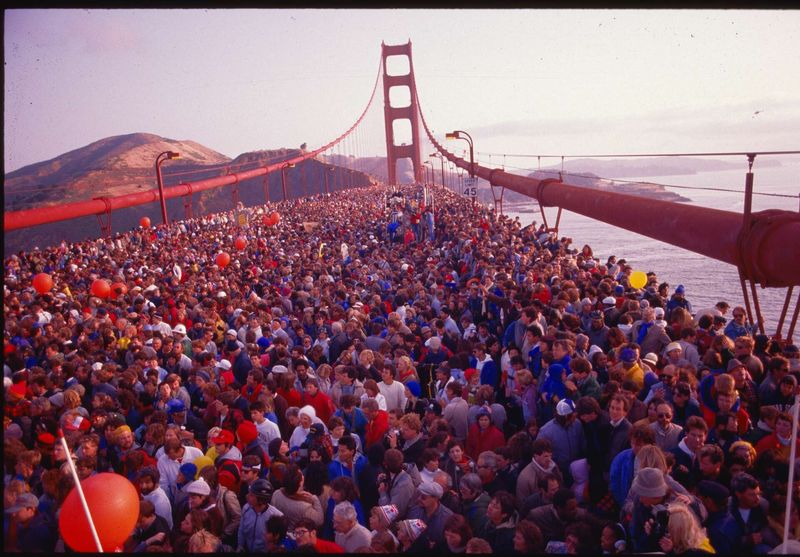
California is home to iconic landmarks like the Golden Gate Bridge. However, their popularity means they’re often overcrowded. This diminishes the experience for both tourists and locals alike.
Alcatraz Island faces similar challenges, with more tourists than locals visiting. While these sites are must-sees, the immense crowds can lead to frustration. Access becomes limited, and the overall experience is less enjoyable.
Exploring lesser-known attractions can alleviate this issue. By spreading out the tourist footprint, everyone can enjoy California’s wonders. Embracing diverse destinations ensures a balanced and fulfilling visit without overwhelming any single site.
10. Environmental Strain at Lake Tahoe
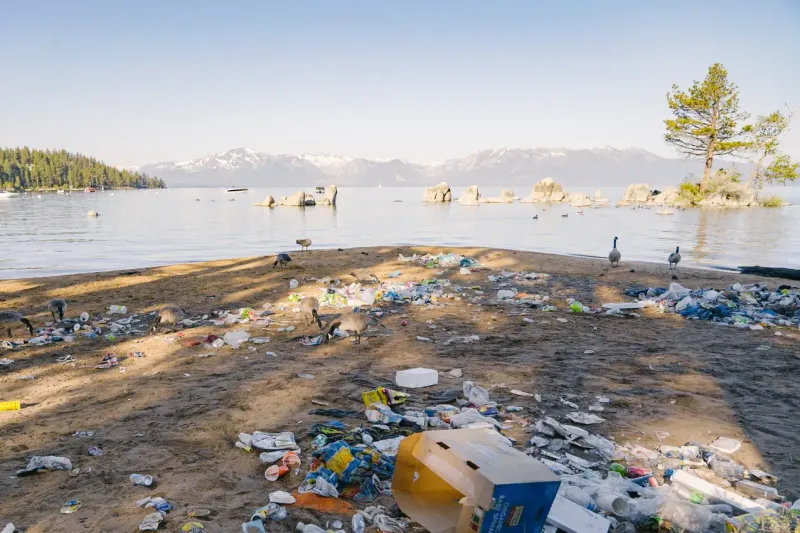
Lake Tahoe is a natural treasure, offering stunning vistas and clear waters. However, the heavy influx of visitors places a strain on the environment. Littering, graffiti, and overcrowded spaces mar its beauty.
Environmental degradation affects not just the scenery but also the quality of life for residents. The need for sustainable tourism practices becomes apparent as the lake’s natural allure faces challenges.
Visitors can contribute positively by adhering to leave-no-trace principles. Simple acts like disposing of waste properly and respecting natural habitats can make a significant difference. Preserving Lake Tahoe’s charm requires collective effort and conscious tourism.
All listed behaviors reflect patterns documented across multiple California destinations. Exact conditions vary by region, but each example represents a recurring local concern about tourism impact within the state.
Dear Reader: This page may contain affiliate links which may earn a commission if you click through and make a purchase. Our independent journalism is not influenced by any advertiser or commercial initiative unless it is clearly marked as sponsored content. As travel products change, please be sure to reconfirm all details and stay up to date with current events to ensure a safe and successful trip.